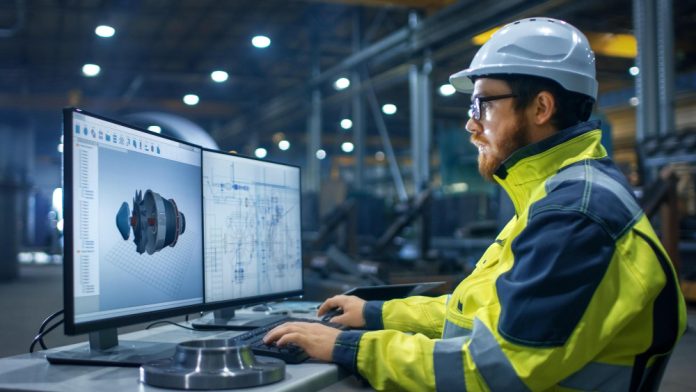The Indian mining sector stands on the cusp of a seismic transformation. With demand for minerals rising across infrastructure, energy, and digital technology sectors, pressure is mounting on mining companies to extract faster, safer, and more efficiently.
Enter automation—a force that’s not just changing how mines operate, but reshaping the workforce, redefining risk, and rewriting the rules of productivity.
Globally, mining automation has already gained significant traction. Autonomous trucks in Australia, AI-controlled drilling in Canada, and smart ventilation systems in Scandinavian mines are now mainstream. India, although slightly behind on the curve, is catching up quickly—driven by private sector innovation and guided by bodies like FIMI and the CII Mining & Metals Committee.
Automation Is No Longer a Concept—It’s Operational Reality
Until recently, automation in Indian mining was confined to a few pilot projects and safety systems. Today, it’s expanding into full-scale implementations, covering everything from autonomous hauling and drilling systems to remote monitoring control rooms, often located miles away from the actual mine site.
In open-cast coal mines, for instance, GPS-guided autonomous dump trucks are now being tested to improve efficiency, reduce fuel usage, and limit human error. Underground, robotic equipment is being used to access hazardous zones where manual work poses unacceptable risks.
Additionally, AI-driven analytics platforms are monitoring machinery health in real time, enabling predictive maintenance and reducing the likelihood of unplanned shutdowns—one of the industry’s most expensive problems.
The Changing Face of the Mining Workforce
One of the biggest implications of automation is its impact on labor. While machines are taking over many manual and repetitive tasks, they’re also creating new roles that require different skill sets—such as data analysts, drone operators, and AI systems engineers.
This shift raises critical questions about reskilling and employment continuity. FIMI and CII have initiated dialogues with stakeholders to ensure inclusive transitions. Programs focused on upskilling legacy workers, offering vocational courses in automation tech, and introducing digital literacy in mining institutes are now under discussion.
Rather than eliminating jobs, the goal is to restructure them, enabling a more tech-savvy and safety-conscious workforce.
Why the Next Decade Is Crucial for India
The coming ten years will be pivotal. India aims to triple its mineral output, reduce imports of key metals, and become a global manufacturing hub. Achieving these goals without automation would mean relying heavily on manual labor, which is increasingly unsustainable due to rising safety expectations, labor shortages, and productivity demands.
The next decade will likely see:
- Full-scale deployment of autonomous vehicle fleets
- Digitally integrated command centers controlling multiple mine sites
- Adoption of 5G and IoT infrastructure for real-time tracking
- Widespread use of AI-based resource modeling and risk forecasting
These advancements will not only improve profitability but will make mining more predictable and less vulnerable to disruptions.
The Role of Policy and Industry Leadership
Government support, alongside industry advocacy, will be critical to scale automation in a way that supports both economic and social development. FIMI continues to work with ministries to simplify regulatory approvals for automation equipment, promote local manufacturing of smart mining hardware, and establish tech-friendly special economic zones for the mineral sector.
Meanwhile, CII’s roundtables and whitepapers offer roadmaps for safe, inclusive, and strategic automation rollouts. These efforts ensure that India’s mining transformation is not just fast, but forward-looking and equitable.
Conclusion: A Smarter, Safer, and More Scalable Future
Automation is not a threat to Indian mining—it’s a lifeline. As the sector prepares to meet the demands of a fast-growing economy and evolving global markets, mining companies must think beyond the drill and shovel. They must embrace a future where intelligent machines work in harmony with empowered people.
With the right balance of technology, policy, and human capital, India can lead not just in volume, but in vision. The mines of tomorrow will be safer, cleaner, and smarter—and India’s path to that future begins now.












